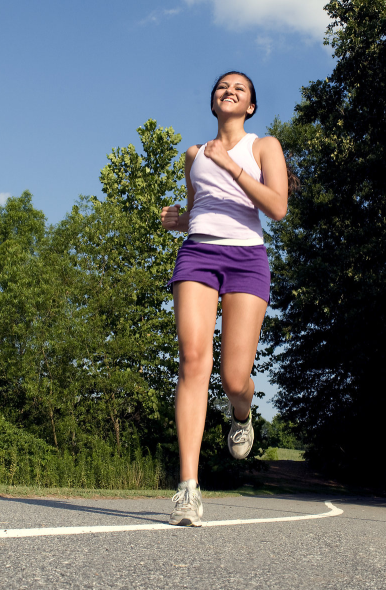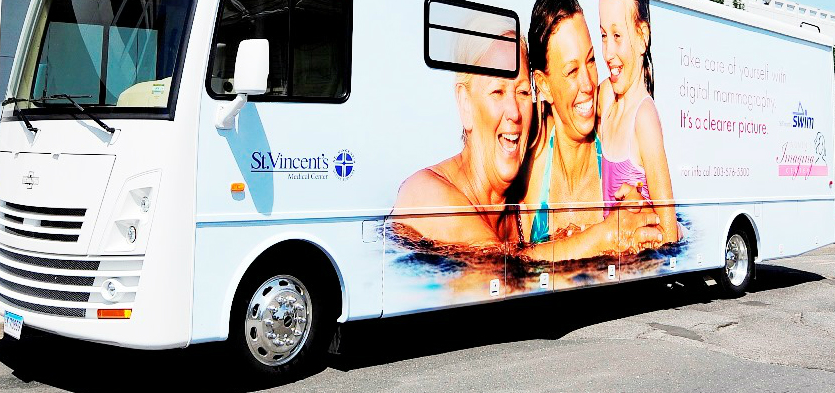10 EASY THINGS YOU CAN DO TO KEEP KIDS SAFE ON HALLOWEEN

Children are twice as likely to be hit by a car and killed on Halloween than on any other day.
Washington, D.C. – Halloween can be one of the most fun nights of the year for children across America, but for parents, it can be the most nerve-wracking as well. On average, twice as many kids are killed while walking on Halloween than on any other day of the year. By taking just a few simple precautions, kids, parents and drivers can make the night fun and safe.
Tips for a Happy (and Safe) Halloween
Safe costumes:
- Decorate costumes and bags with reflective tape or stickers and, if possible, choose light colored clothing.
- Masks can obstruct a child’s vision, so choose non-toxic face paint and make-up whenever possible.
- Have children carry glow sticks or flashlights so they can see better, as well as be seen by drivers.
Safe walking:
- Stay alert – Watch out for cars that are turning or backing up and don’t dart out into the street or cross in between parked cars.
- Walk on sidewalks or paths. If there are no sidewalks, walk facing traffic as far to the left as possible.
- Put electronic devices down and keep heads up and walk, don’t run, across the street.
- It’s best to cross the street safely at corners. And always look left, right and left again when crossing and keep looking as you cross.
Safe driving:
- Slow down in residential neighborhoods. Remember that popular trick-or-treating hours are 5:30 to 9:30 p.m.
- Be especially alert and take extra time to look for kids at intersections, on medians and on curbs. Children are excited on Halloween and may move in unpredictable ways.
- Reduce any distractions inside your car, such as talking on the phone or eating, so you can concentrate on the road and your surroundings.
“On Halloween, kids are so excited that they probably aren’t thinking about walking safely,” said Kate Carr, president and CEO of Safe Kids Worldwide. “That’s why we’re encouraging parents to talk with their kids before Halloween night about how to stay safe while walking, and then join them for trick-or-treating, especially if the kids are 10 and under.”
Long before letting them head outside for trick or treating, talk to your kids about watching out for cars. Teach kids to make eye contact with drivers before crossing the street and use crosswalks, when possible. Additionally, parents can use glow sticks, flashlights or reflective trick-or-treat bags to make sure kids’ costumes are visible to drivers.
For more tips on how to help kids become safer pedestrians on Halloween, and throughout the year, visit www.safekids.org and visit our Facebook page at www.facebook.com/safekidsworldwide.









